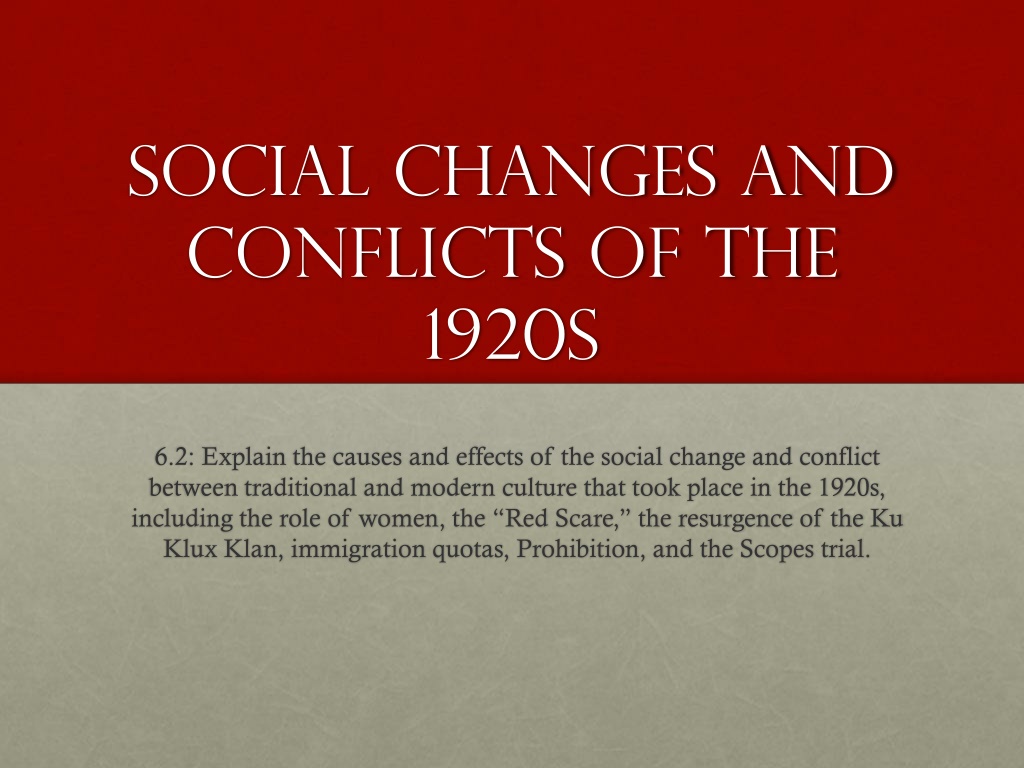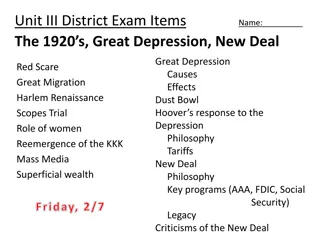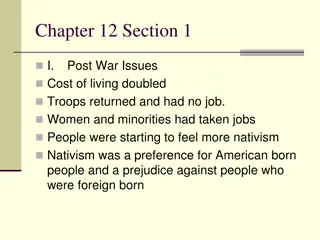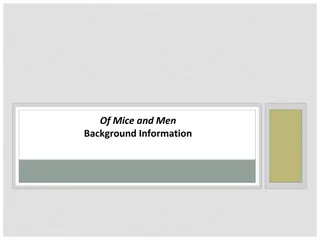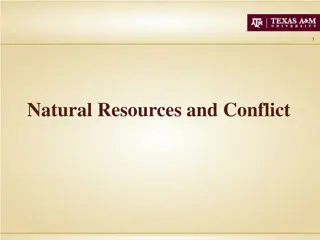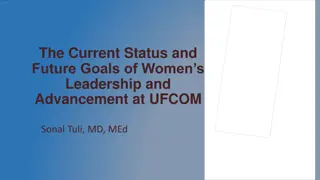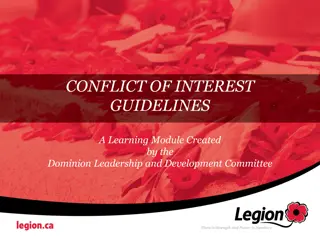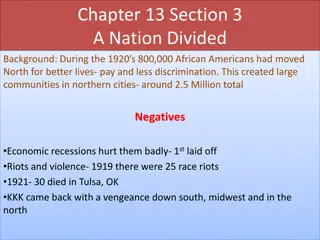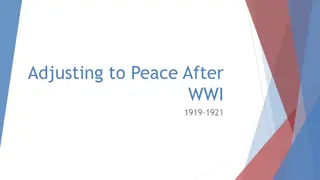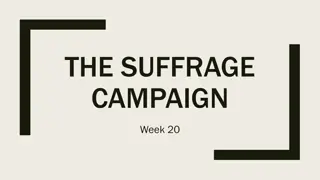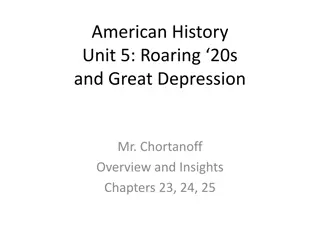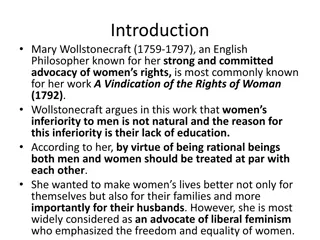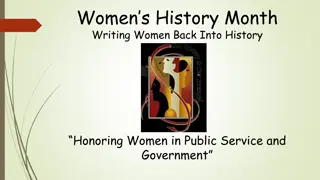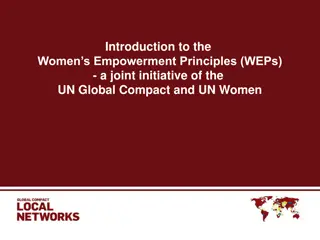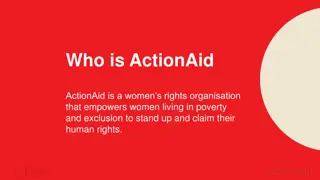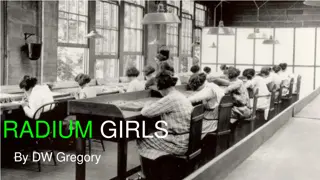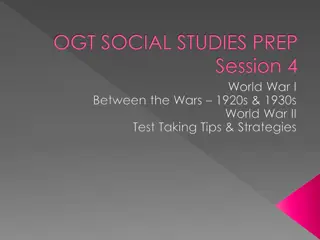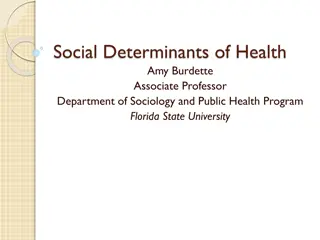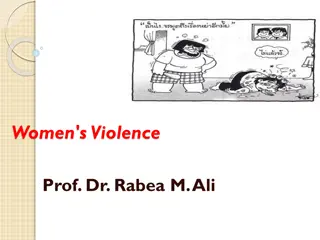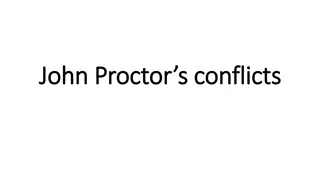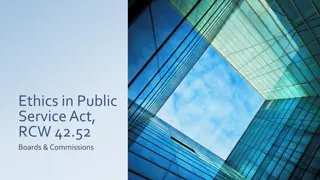Social Changes and Conflicts of the 1920s: Causes, Effects, and Role of Women
The 1920s saw significant social changes and conflicts between traditional and modern cultures in America. Industrialization, urbanization, and immigration fueled these shifts, leading to clashes between conservative values and a more liberal outlook. Women gained suffrage but did not see substantial workplace advancements. The era witnessed declining moral values, labor unrest, the Red Scare, resurgence of the Ku Klux Klan, immigration quotas, Prohibition, and the Scopes trial, reflecting a complex period of societal transformation and discord.
Download Presentation

Please find below an Image/Link to download the presentation.
The content on the website is provided AS IS for your information and personal use only. It may not be sold, licensed, or shared on other websites without obtaining consent from the author. Download presentation by click this link. If you encounter any issues during the download, it is possible that the publisher has removed the file from their server.
E N D
Presentation Transcript
Social Changes and Conflicts of the 1920s 6.2: Explain the causes and effects of the social change and conflict between traditional and modern culture that took place in the 1920s, including the role of women, the Red Scare, the resurgence of the Ku Klux Klan, immigration quotas, Prohibition, and the Scopes trial.
Causes of Social Change Misconception: 1920s=carefree boom time Reality: America divided by change and many did not find prosperity Social Change: caused by industrialization, urbanization, and immigration 1920: more than half of population lived in cities More emphasis on science Social Change led to conflict between traditional American conservatism and modern scientific liberalism
Role of Women During the war, women took on new jobs to fill in for soldiers Many gave them up when soldiers returned Women s suffrage was passed shortly after WWI Women did not make politics more moral as they promised, instead using voting as their husbands did Women did not gain more opportunities in the workplace Most women continued to work in traditional female jobs
Traditional Female Jobs Respectable Less Respectable Teachers Domestic servants Nurses Factory workers Telephone operators Sweatshop laborers Secretaries Prostitutes Store clerks Women made significantly less than males
Decline of Morality Movement to cities nurtured new sexual attitudes and aroused public anxiety about the decline of moral values Iconic image of the Flapper represented this change Flappers adopted new fashions, attitudes, and habits New image of women posed little threat to the traditional roles of wife and mother
Labor Unrest High inflation, competition from returning veterans, and end of wartime concessions led to labor strikes Strikes and the rise of Communism and Socialism (Russian Revolution) frightened middle and upper class Americans Anarchists exploded bombs in 8 major cities
Red Scare Fears of strikes, communism and bombs led to the Red Scare Palmer Raids: government arrested over 4000 alleged communists Hundreds were deported Attorney General predicted several more attacks that never occurred Aroused even more fear against dangerous foreigners
100% Americanism Propaganda increased nativism (hostility towards immigrants) and turned it into xenophobia (fear of foreigners) Congress passed legislation that authorized quotas to limit immigration Argument based on Social Darwinism and Anglo-Saxon superiority Immigration from Southern and Eastern Europe was drastically limited and the ban on Asian immigration was continued (Chinese Exclusion Act)
Ku Klux Klan Resurgence Anti-immigrant sentiment led to the rise of the KKK 1915 film, Birth of a Nation, intensified racism towards African Americans and glorified the KKK as a heroic organization Increased the popularity of the group Red Scare added radicals, immigrants and Catholics to the list of targets of the KKK Used advertisements to promote membership and became a national organization with a strong following in the Midwest and South Viewed themselves as moral regulators Also targeted bootleggers, gamblers Used tactics such as cross burnings, public beatings, and lynchings Sex scandals and corruption undermined the Klan s claims and the organization began to fade
KKK Comparisons Klan of Reconstruction Major Aim: Klan of 1920s Major Aim: Major Targets: Major Targets: Major Tactics: Major Tactics: Geography: Geography:
Prohibition Temperance Movement advocated prohibition to preserve American culture in the face of immigration 18thAmendment prohibited the production, distribution, and sale of alcohol (not the consumption) Compliance was often a matter of class, ethnic background, and religious affiliation Illegal sources (mafia) were filling the demand for alcohol and speakeasies were popping up in cities Government did not have the manpower to enforce prohibition and organized crime grew as a result of bootlegging Prohibition was repealed in 1933 with the 21stAmendment
Religion vs. Science Conflict between traditional religious beliefs and science also created anxiety Religious revivalism led to the development of religious fundamentalism that believed in the literal truth of the Bible Darwin s theory of evolution challenged this belief
Scopes Monkey Trial Exposed the conflict between religious fundamentalism and modern science Biology teacher purposefully defied a Tennessee law that forbade the teaching of evolution Teacher was defended by the American Civil Liberties Union Case brought the conflict to the national scene but did not resolve the issue Both sides claimed victory in the argument that remains active today
Conservatism vs. Liberalism Conflict between conservatives who advocate conformity to a traditional moral code and liberals who advocate individual rights changed American society and culture in the 1920s Conflict still continues today
Conservatives and Liberals Comparisons Conservatives Liberals Beliefs: Beliefs: Stance on Women: Stance on Women: Stance on Labor: Stance on Labor: Stance on Red Scare: Stance on Red Scare: Stance on Immigration: Stance on Immigration: Stance on Alcohol: Stance on Alcohol: Stance on Religion/Science: Stance on Religion/Science:
